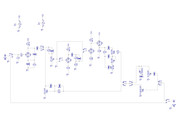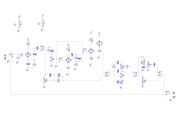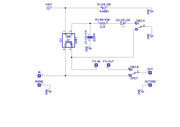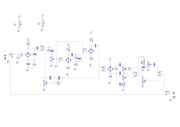sonolink
Well-known member
Hello everybody
I am trying to modify a guitar preamp circuit, adding some switches to create different distortions or channels.
This is the original schem by GrindFX:
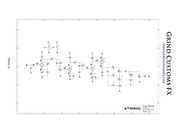
This is my modded schem:
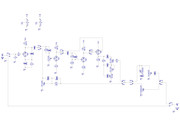
I've added True Bypass Switch and Clean/Crunch/Lead Channels.
My main questions are about the 22n Caps connected to the plate resistors:
1-should they go before the switch (as C3) or after (like C5)?
2-should C13 go after SW4.B? SW4 is supposed to allow the player to choose to place the preamp in front of an amp (through 100k pot) or in its FX loop (through Presence circuit and 1M pot)
Plate voltages are 190V unloaded.
Thanks in advance for your time and help
Cheers
Sono
I am trying to modify a guitar preamp circuit, adding some switches to create different distortions or channels.
This is the original schem by GrindFX:

This is my modded schem:

I've added True Bypass Switch and Clean/Crunch/Lead Channels.
My main questions are about the 22n Caps connected to the plate resistors:
1-should they go before the switch (as C3) or after (like C5)?
2-should C13 go after SW4.B? SW4 is supposed to allow the player to choose to place the preamp in front of an amp (through 100k pot) or in its FX loop (through Presence circuit and 1M pot)
Plate voltages are 190V unloaded.
Thanks in advance for your time and help
Cheers
Sono



